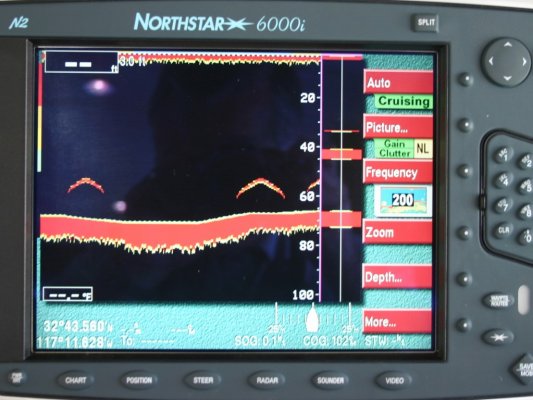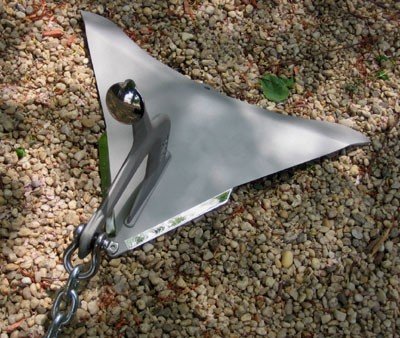GonzoF1 wrote:
Wasn't this thread all about me someways back?
Yes, it was.* And you have probably learned from all this that you have little to fear as you gain experience in boating.* If a whole bunch of active boaters have the time and inclination to argue about engines and anchors and all this other crap, it's obvious we have found very little to worry about with regards to actually operating our boats.* So you don't have very much to worry about, either.
When we got our GB we had never run this kind of a boat other than charter.* So we were at the bottom of the trawler*learning curve to a great extent.* On the advice of a long-time boater, famous (in this area)*seaplane company founder, pilot, and friend (Bob Munro of Kenmore Air)*we*simply*took the boat out and "did it."*
You can read all sorts of books (and learn a*lot,*don't get me wrong), and talk to all*sorts of people in person and in forums like this, and get all sorts of "do it this way, don't do it that way" advice-- most of which*you'll find is not applicable to your specific situation-- and have everybody tell you to get a different anchor and a different rode and run your engine(s) in a different way.* It can get confusing and lead you to worry about every aspect of operating your boat.* "Am I doing it the right way?"
So my advice is to ignore all the advice and go use your boat.* Use*whatever anchor you happen to have.* Use whatever rode you happen to have. Peruse Earl Hinz's book (Complete Book of Anchoring and Mooring) and you'll have been exposed to all the anchoring theory and information you'll ever need other than what you learn yourself over time.*
Operate the engine(s) according*to their operating manuals and ignore what I and everybody else tells you to do with them because 99 percent of it will be wrong or applicable to a different engine or boat or situation or--- worse---*will be armchair theory.
If you have questions about electronics, engines, transmissions, electrical systems, toilets, whatever, ask the pros who sell or work on them.* Your diesel shop is your friend.* If you have questions about bottom paint,*all the major paint manufacturers have area reps that are happy to provide advice, and most of it is pretty good.* For a second opinion, ask one or more local yards*that have good repuations.
If you can meet and get to know a good, reputable shipwright in your area, that*relationship will be worth more than every internet boating forum on the planet.
If*the make of boat you have has an internet owners forum, join it, ask*questions, and provide answers or observations as you learn them.* If you're lucky, you will "meet' thorugh the owners*group some very experienced people.* On the two*GB owners groups we have Bob Lowe and Mike*Negley.**Between them, they know everything there is to know about Grand Banks boats, period.* And that's a
lot more than even*Grand Banks, LLC, knows itself.* Find one or two people like this--- who really know your make of boat, not simply spout assumptions or generalities--- and they will make your boating life way easier.
But, most important of all, just go out and use your boat.* We operated our boat for the first*three or four years without the "benefit" of any internet forums, owners groups, or anything else.* Our advisors were our diesel*shop, the*local electronics dealer and local marine electric shop*we use, the few people we got to know in our marina*who we*determined knew what they were talking about, and one of the area's best shipwrights.
I don't know what you've done in your life so far, but I'm guessing you have taken on some challenges or you wouldn't be taking on boating.**So the chances are that you've done one*or more things--- it can be a business undertaking, a travel adventure, a career change, a major relocation with an unknown outcome,*it*doesn't matter what---*that can let you say, "If I could do
that, I can certainly*figure out this boating thing."* All you need is some confidence and you're not going to get it from the internet.*
For my wife and I it was a lot of things but the clincher was the fact that we'd flown floatplanes up and down the Inside Passage for the better part of two decades.* That was our "if we can do
that" confidence builder that made getting into trawlering seem
in our minds to be a piece of cake.* By the time we realized it
wasn't a piece of cake, we'd been doing it long enough to be confident in our ability to operate the boat safely and continue to learn.
And above all, remember, this is supposed to be fun.
-- Edited by Marin on Wednesday 19th of May 2010 07:37:45 PM

